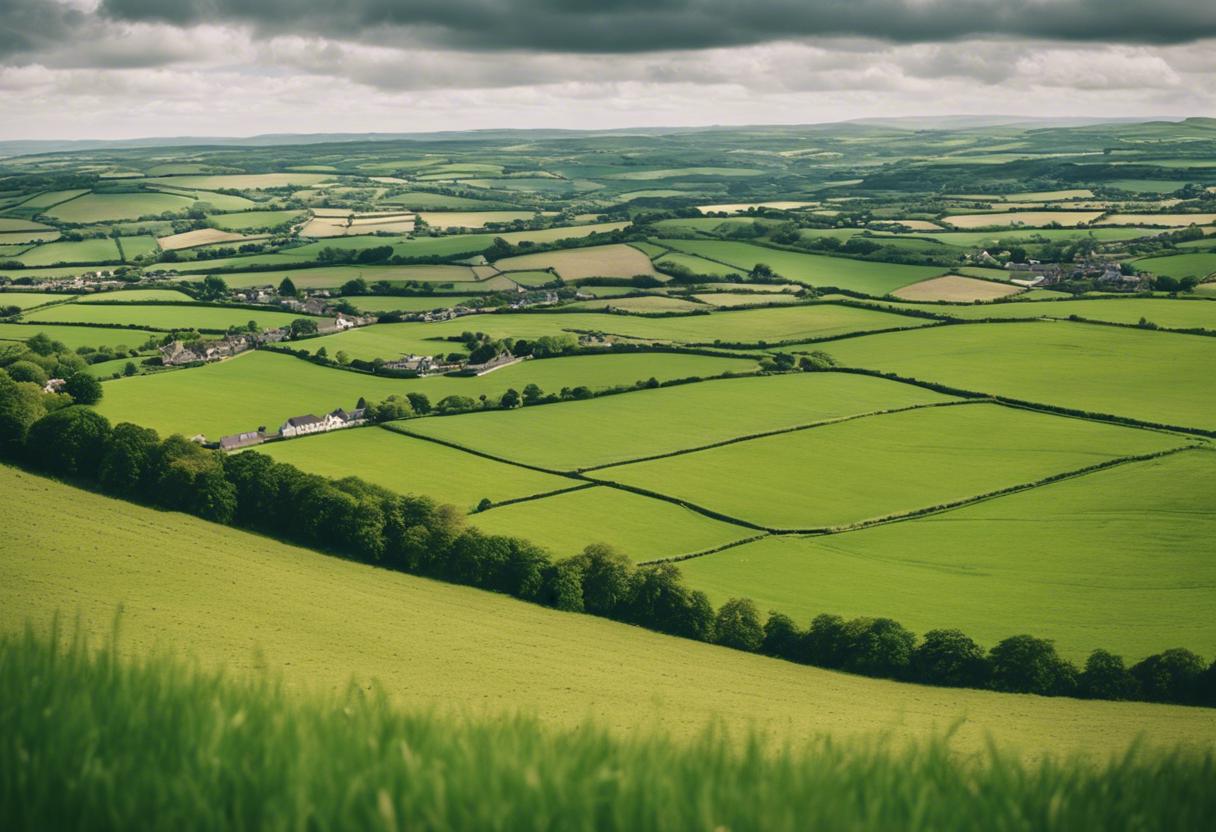Denis Ireland, a well-rounded personality encompassing various professions including a soldier, a journalist, a businessman, a senator, and an author, breathed his last five decades ago, on 23rd September 1974. His background was deeply rooted in Ulster Protestantism, yet remarkably, he became a zealous Irish nationalist and motivated his like-minded fellowmen to delve into their Irish origins.
Ireland was born to Adam Ireland, who was involved in the linen industry, and Isabella McHinch, on 29th July 1894 in Belfast’s Malone Park. His education formed at the Royal Belfast Academical Institution and Perse School, located in Cambridge. Later on, he pursued medical studies at Queen’s University Belfast. However, the first World War saw this ambition cut short when he joined the Royal Irish Fusiliers. He served as a captain in France, Flanders, and Macedonia until injuries forced his return.
His recovery period in Glengarriff, Co Cork, was pivotal. Frances Clarke and Marie Coleman, authors of his biography in the Dictionary of Irish Biography, detailed how an accidental encounter with PW Joyce’s Irish Names of Places led him to embrace Irish nationalism.
Shortly after resuming his medical studies post-war, he left them again in favour of a stint in his family’s linen company, acting as the business representative in London, Europe, and North America. His travel experiences sparked a fervour for writing, and by his mid-thirties, he had left the business world to fully commit himself to journalism.
As a freelancer for the BBC, Ireland wrote for numerous periodicals such as The Bell, Envoy, the Dublin Magazine, Blackwood’s Magazine, the Capuchin Annual, Hibernia, and Ulsterman, as well as several newspapers.
In his 1936 publication, From the Irish Shore: Notes on My Life and Times, the author asserted that even though it was difficult for a child borne of Ulster Protestant industry to contextualise his place in his nation’s history, he felt that such efforts could bring about a renewal for this community. He established the Ulster Union Club in 1941, advocating for the Ulster Protestants to reclaim their authentic Irish roots. The club organised discussions on various subjects, dance and music classes, and also published informational booklets. However, rumours swirled about an IRA incursion, and the club was shut down in 1944 under the Northern Ireland Special Powers Act.
Esteeming the involvement of Presbyterians in the 1798 Rising, the author was part of the Belfast 1798 Commemoration Committee in 1948, established on the 150th anniversary of the uprising.
In his book published in 1941, he made a case against the assertion that the division of Ireland – North and South – was the only restraint on Irish sovereignty. He argued that the Bank of England still had the Irish monetary system under its control and championed the disconnection from sterling currency.
The author publicised his advocacy for government regulation of national credit and currency, positioning himself as a follower of Social Credit, the distributive idea popularised by CH Douglas.
The author’s foray into mainstream politics came in 1929 during the general elections in East Belfast, where he ran as a Liberal candidate.
When power was passed to the first Inter-Party government in Dublin in 1948, John A Costello, the chief minister, gave him a nomination to the Seanad. According to Clarke and Coleman, this was motivated by Clann na Poblachta’s leader, Seán MacBride, who, reportedly, wanted to leverage his backstory in Ulster as a vehicle for a symbolic unity of the North and South, Protestants and Catholics alike.
During his term as a senator, which lasted three years until 1951, when de Valera regained power, he gave lectures on partition. He also served as an representative for Ireland at the Council of Europe, where he endorsed MacBride, who played a critical role in getting the European Convention on Human Rights ratified.
Upon retiring from a formal political career in 1951, he’d been an established author for a considerable period. His body of work includes main works such as: An Ulster Protestant’s Perspective of His World (1930), The Present and Future of Ulster (1931), Profiles and Depictions (1935), The Nationalist Pioneer (a 1936 examination of Wolfe Tone), Around the City Hall: A Statue Tour (1939), The Era of Disbelief (1944), A Nation in Seek of Six Counties (1947), The Relation Between Ireland and North Atlantic Defence in 1950, and Memoirs Of Belfast’s Complexity (1973). It wasn’t until later years that he took Mary Hawthorne as his wife (in October 1957), in Belfast, at Elwood Presbyterian Church. His life was spent at multiple residencies scattered across the city.
He was fortunate enough to witness just the dawn of “the Troubles” in Northern Ireland, thus spared from observing the entirety of such a tragedy.
The latter decades of the 20th century in Northern Ireland could have been dramatically different, had there existed more individuals like him, especially amongst the Unionist political elite. His approach, imbued with humanity, practicality, principles and tolerance, was indeed praiseworthy.

